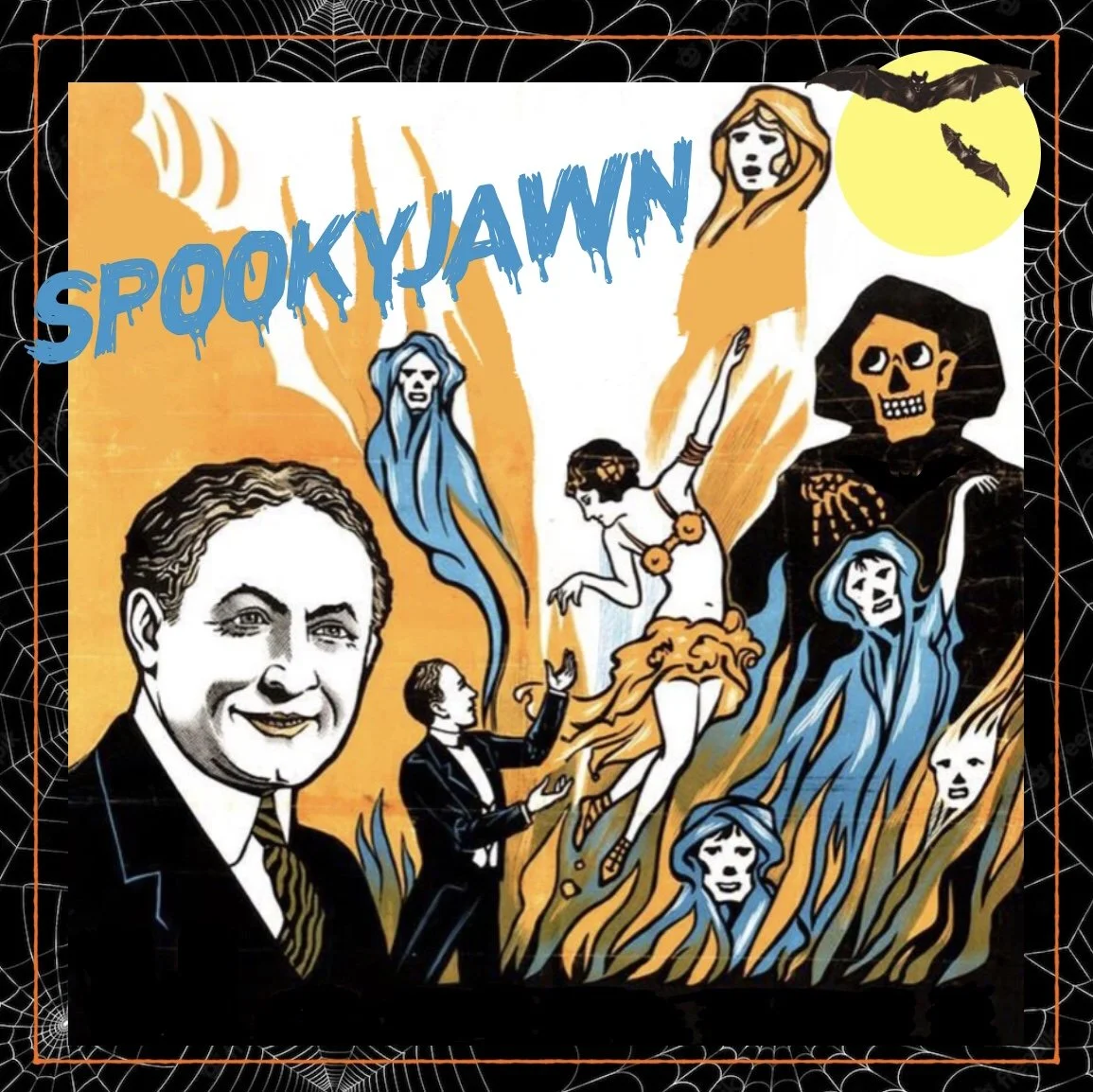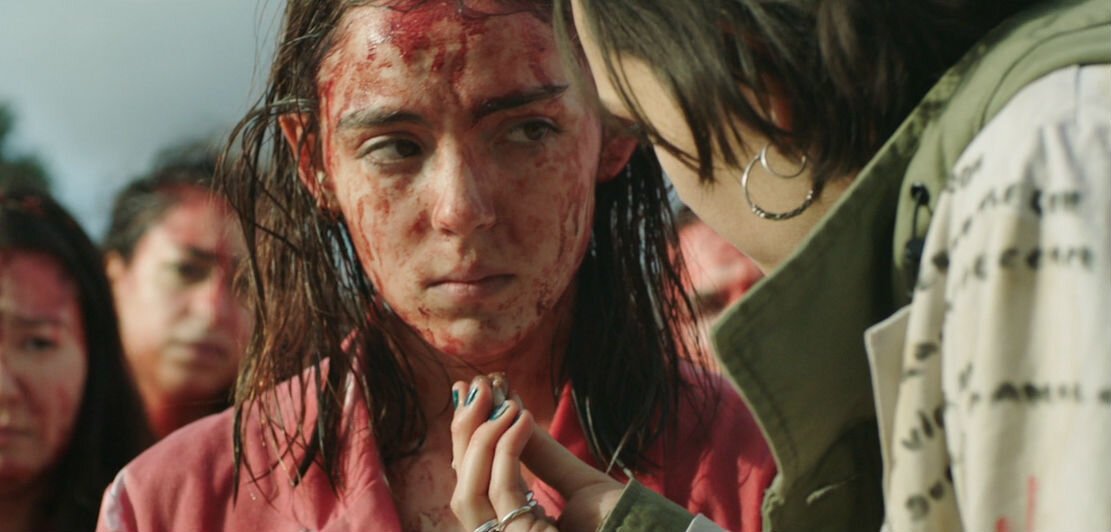Grossing out the Patriarchy: 4 Great Recent Moments in Body Horror
by Melissa Strong, Contributor
People socialized as girls and women usually receive specific cultural programming about our bodies. The many messages seem organized around conforming to oppressive beauty standards and heteronormative gender expectations that keep men comfortable and powerful. Consider the Do’s: be pretty, white, and thin; wear your hair straight and long; worry about how others think your genitals look and smell; don’t forget to smile! Now the Don’ts: no belching, farting, or body hair; hide every sign of menstruation, from middle school to menopause; no breastfeeding in public; and, most of all, don’t get raped.
Raised by a parent who told her brothers that girls don’t go number two, I’m still unpacking gendered cultural programming and internalized sexism. This may explain why I find standard body horror gratuitous and unappealing. But I appreciate body horror that employs disturbing situations and disgusting images to subvert the male gaze and the objectification of female bodies. Though rendering women’s bodies grotesque, body horror can challenge gender norms and beauty standards that include the relationship between a woman’s physical attractiveness and her worth and the contradictory expectations of purity and sexual receptiveness. Below are hot takes on a few recent movies that use body horror to these ends. Warning: spoiler alerts.
Fresh (dir. Mimi Cave, 2022)
App dating is hard on most of us, but straight women must face the possibility of assault, while straight men’s greatest fear tends to be disappointment in their date’s looks. Fresh dramatizes the worst-case scenario with wry humor as the heroine’s new partner turns out to be a kidnapper, cannibal, and vendor of human meat. To stay alive, Noa (Daisy Edgar-Jones) pretends to share Steve’s (Sebastian Stan) interest in and appreciation for eating parts of living women. The dinner scene in which Noa feigns enjoyment of a lady meatball offers a dark metaphor for the real-life harm reduction strategies women use to survive dating violence and sexual assault.
Raw (dir. Julia Ducournau, 2016)
A young innocent (Garance Marillier) from a family of vegetarian veterinarians heads to vet school to continue the family tradition, where bloody and nauseating hazing rituals awaken her sexuality and her desire to consume raw flesh, preferably human. A standout among the film’s many disturbing scenes features the confluence of Justine’s appetites. While having sex with her roommate (Rabah Naït Oufella), Justine feels compelled to bite him. Biting her own arm instead brings immense pleasure. Raw renders Justine ferocious and fearsome while highlighting the gruesome and exploitative aspects of food and sex.
Saint Maud (dir. Rose Glass, 2019)
A Cronenbergian study of a woman who uses religious faith to cope with trauma and isolation, Saint Maud raises questions about the boundary between fervent devotion and mental illness. Christianity lends itself to body horror, given the longstanding tradition of encouraging believers to seek holiness through physical discomforts ranging from self-denial (fasting, celibacy) to self-harm (mortification of the flesh). Equally important, Christian ideas continue to inform gender norms, attitudes toward sexual behavior, and women’s bodily autonomy. Saint Maud capitalizes on these as nurse Maud (Morfydd Clark) tries to save her patient (Jennifer Ehle), then seeks her own glorification through walking on nails and self-immolation. The shocking final scene juxtaposes what Maud imagines – getting her wings as onlookers drop to their knees – with the reality of a troubled woman burning to death.
High Life (dir. Claire Denis, 2018)
More sci-fi think piece than horror film, High Life nonetheless incorporates body horror in its exploration of reproductive autonomy. In the future, prisoners serve life sentences on a ship bound for the far reaches of space. Complicating this hellish premise, the doctor on board (Juliette Binoche) drugs, rapes, and inseminates the astronaut inmates in her quest to create life in space. Though High Life revolves around Monte (Robert Pattinson) and a space baby, an unforgettable sequence featuring a supporting character makes the most profound statement. After Boyse (Mia Goth) gives birth, she commits suicide by entering a black hole so that her head literally explodes.







